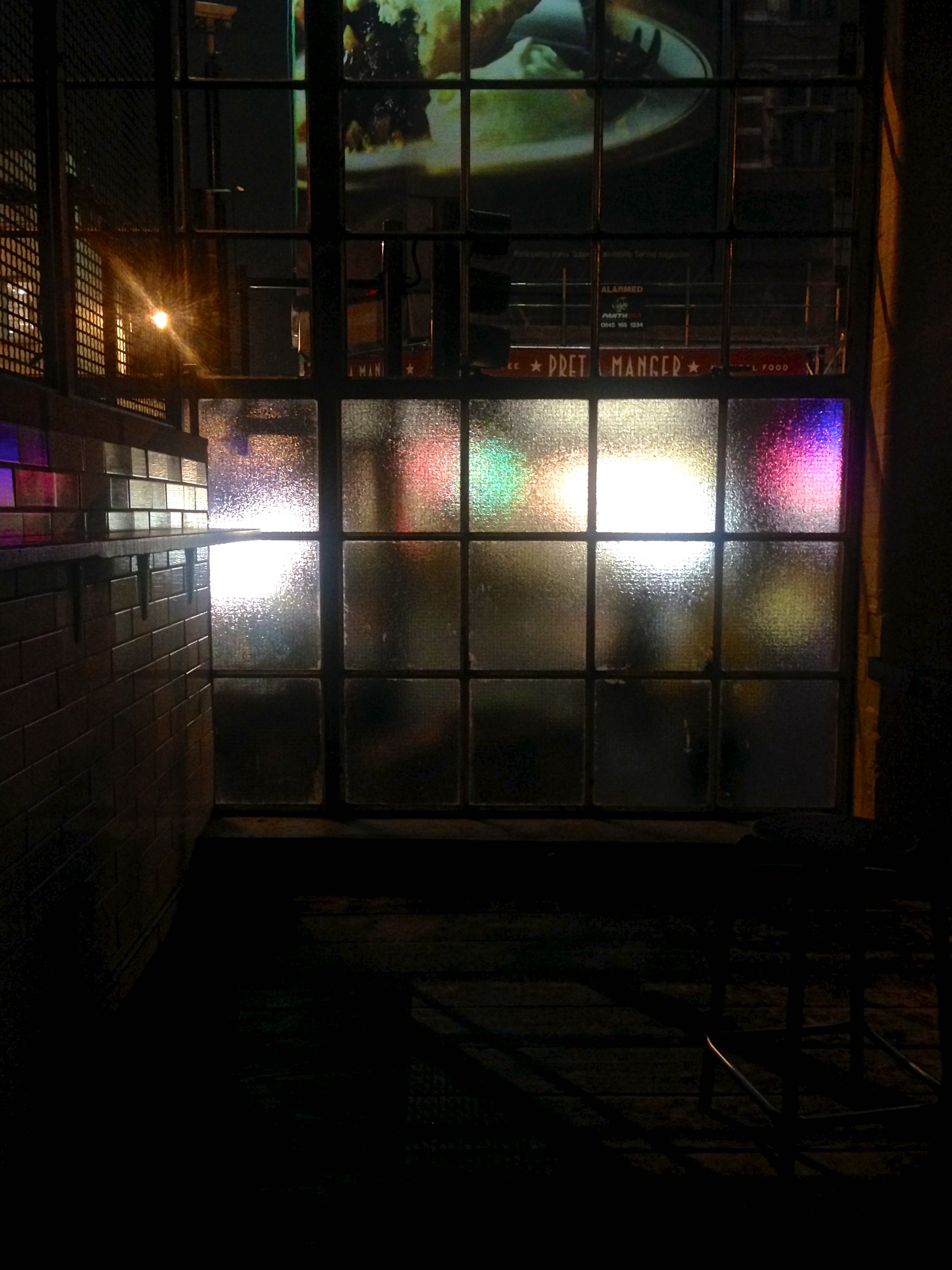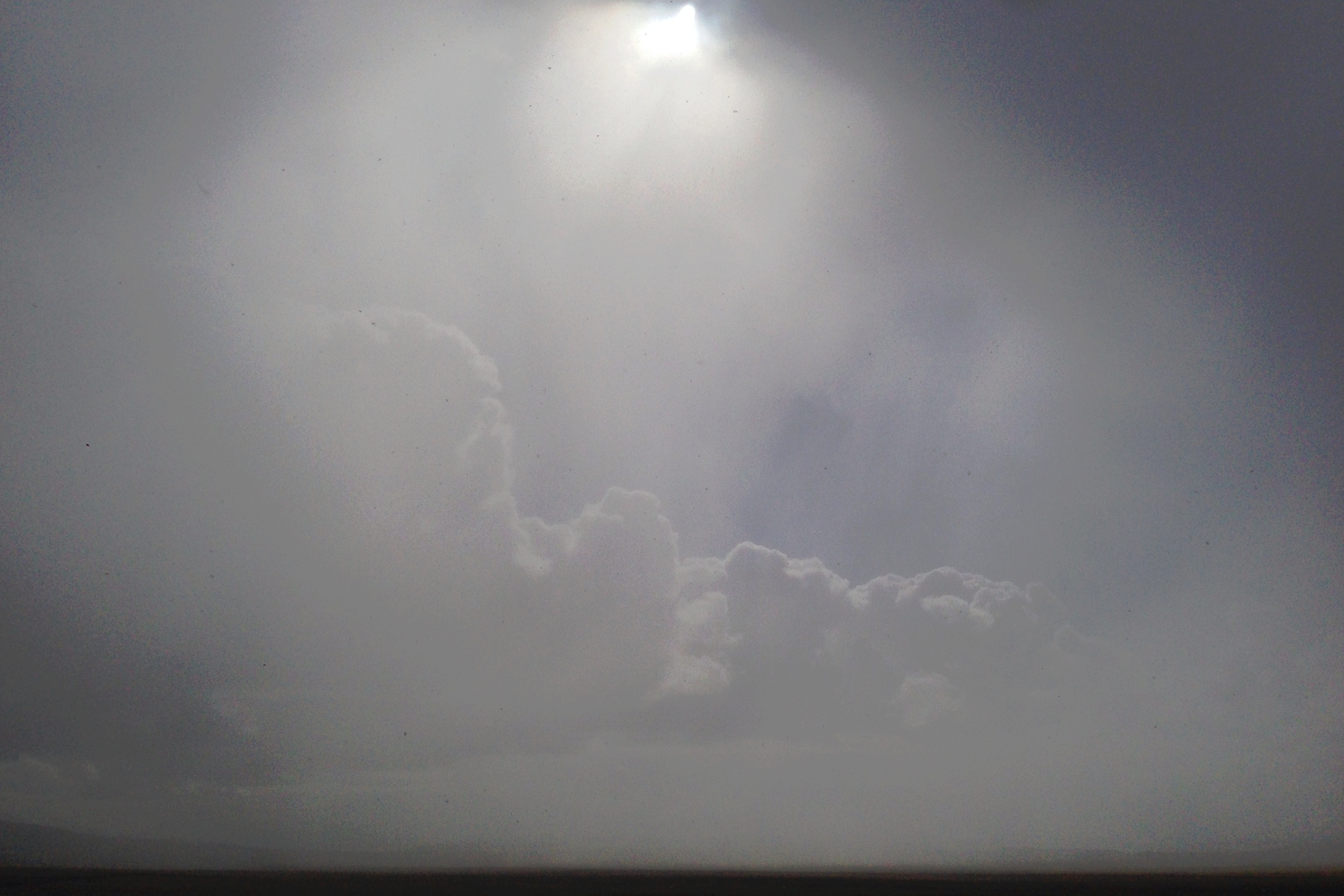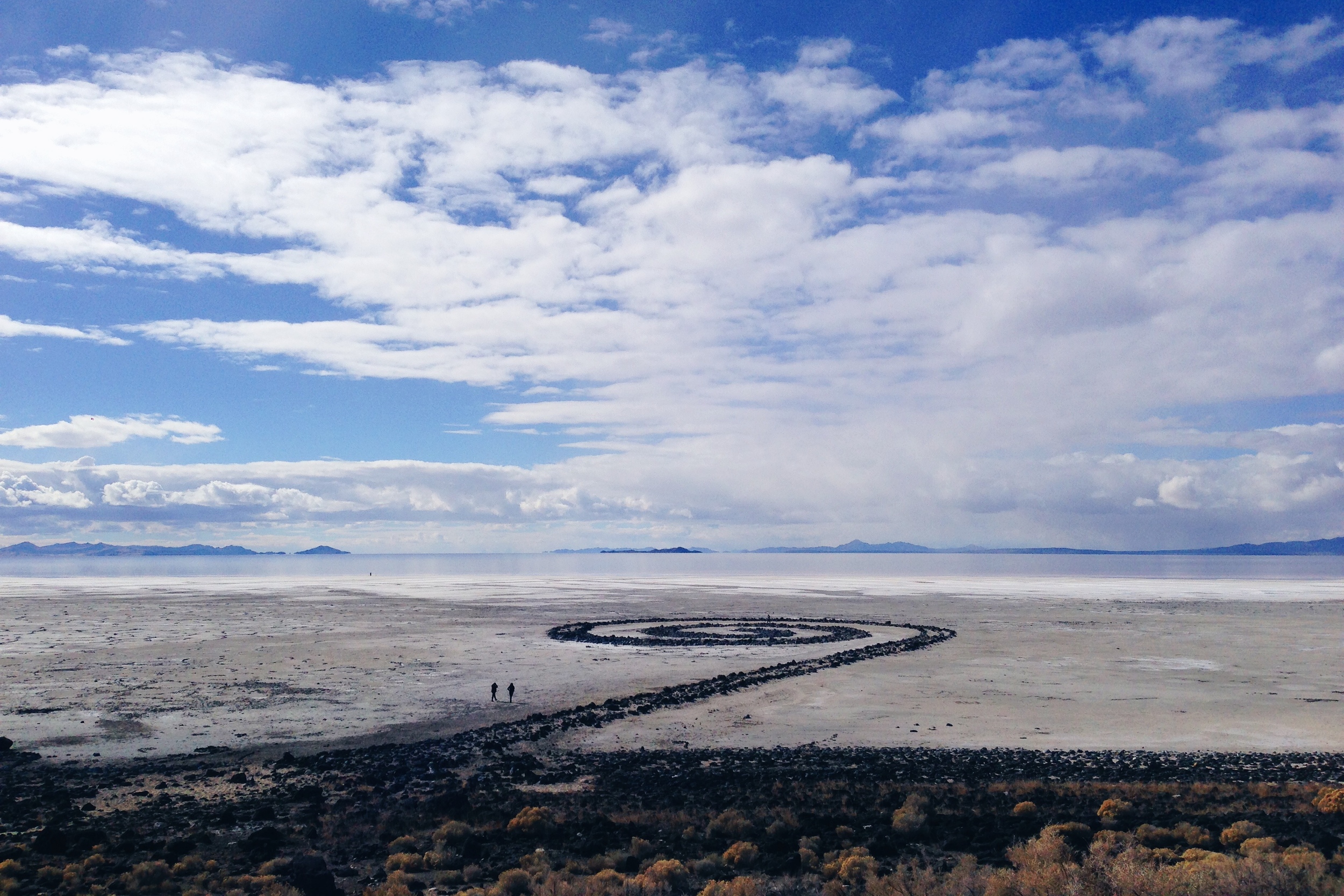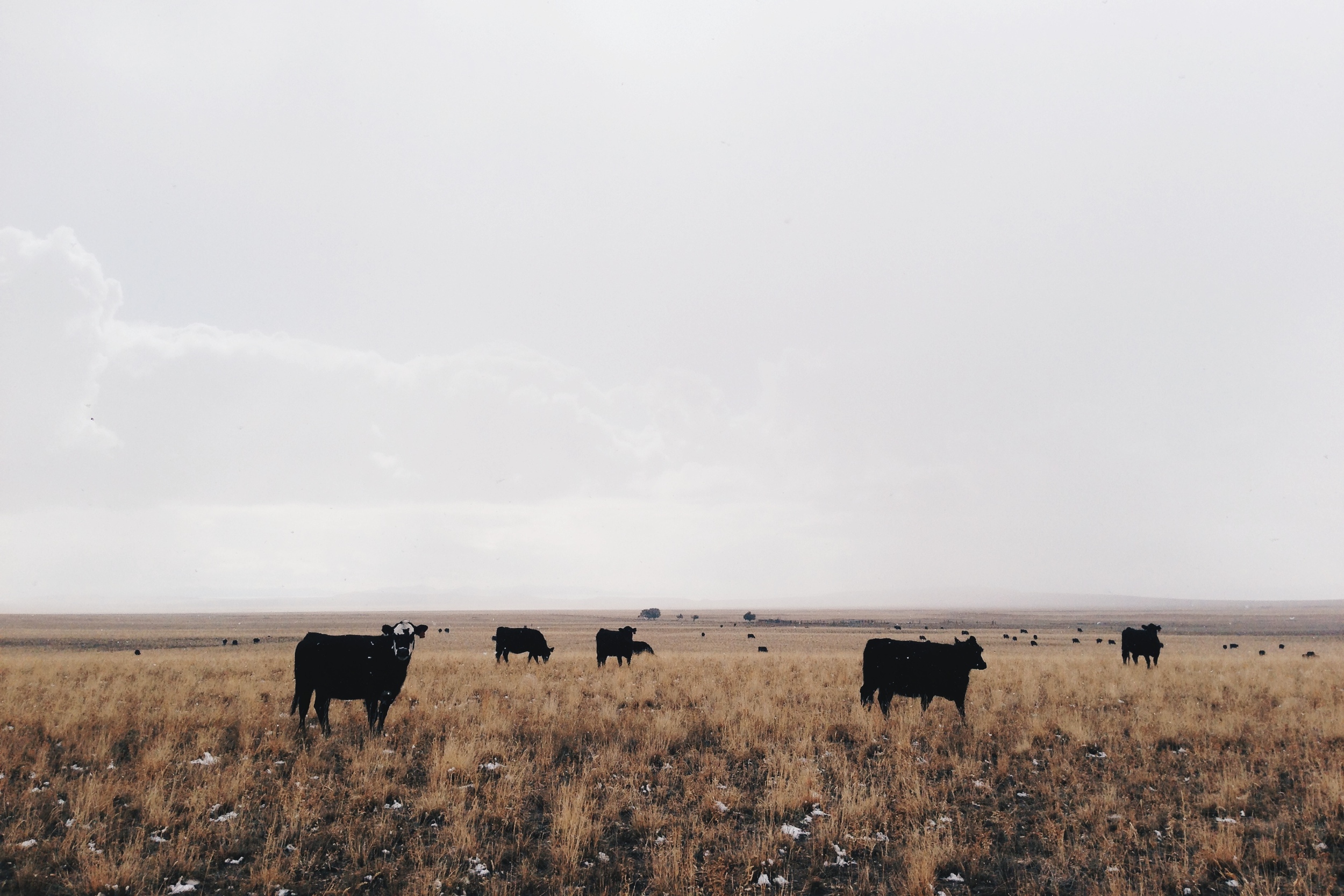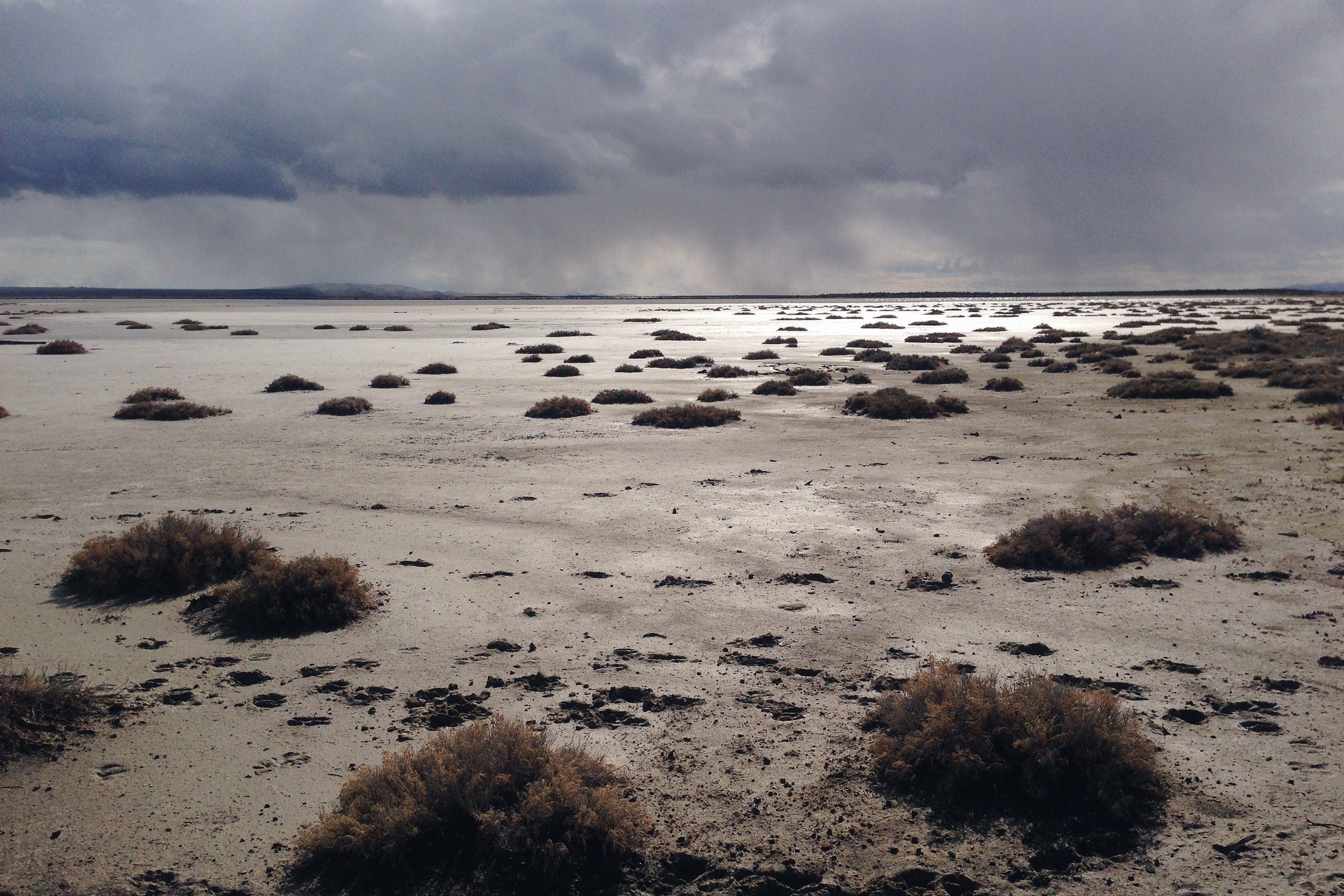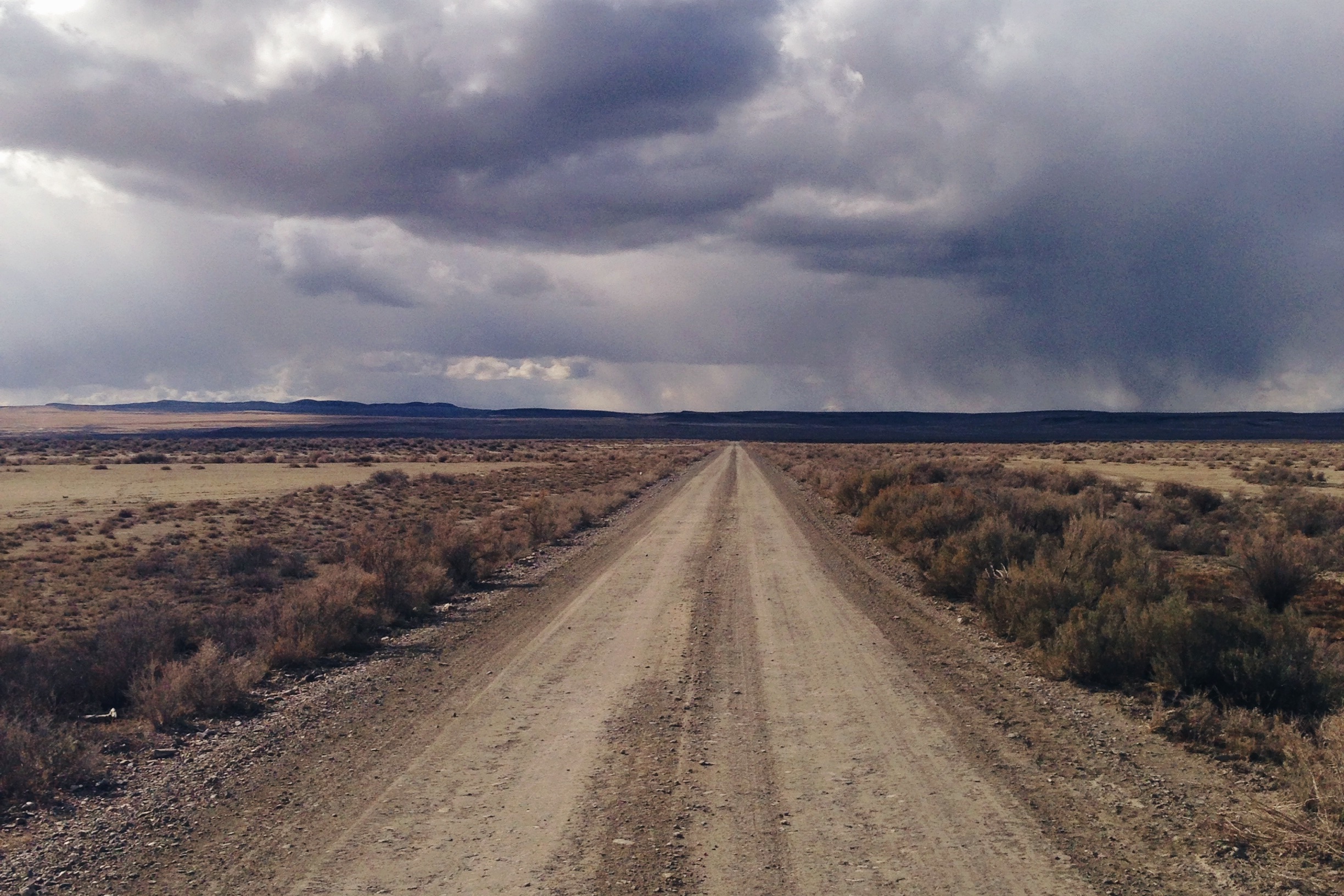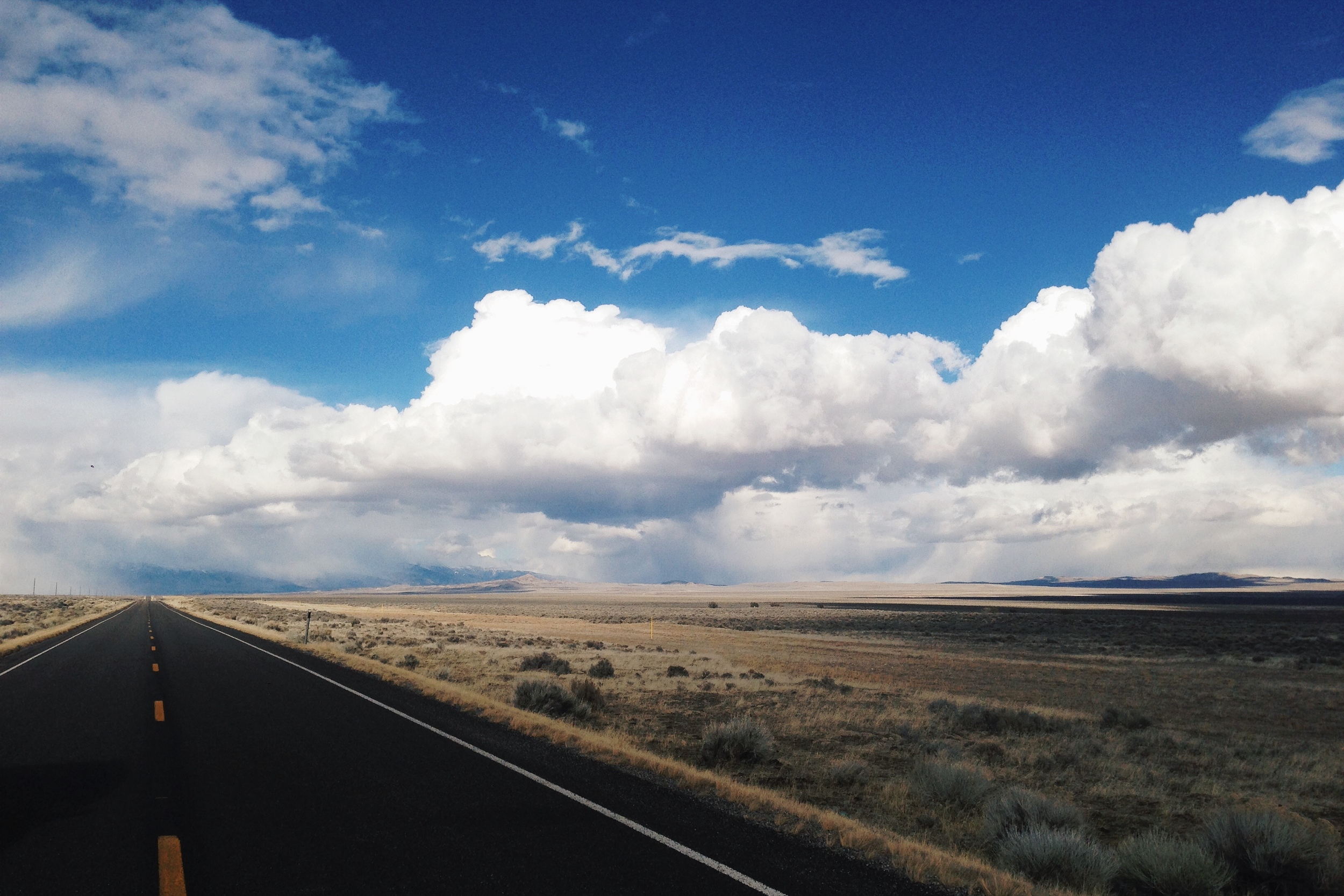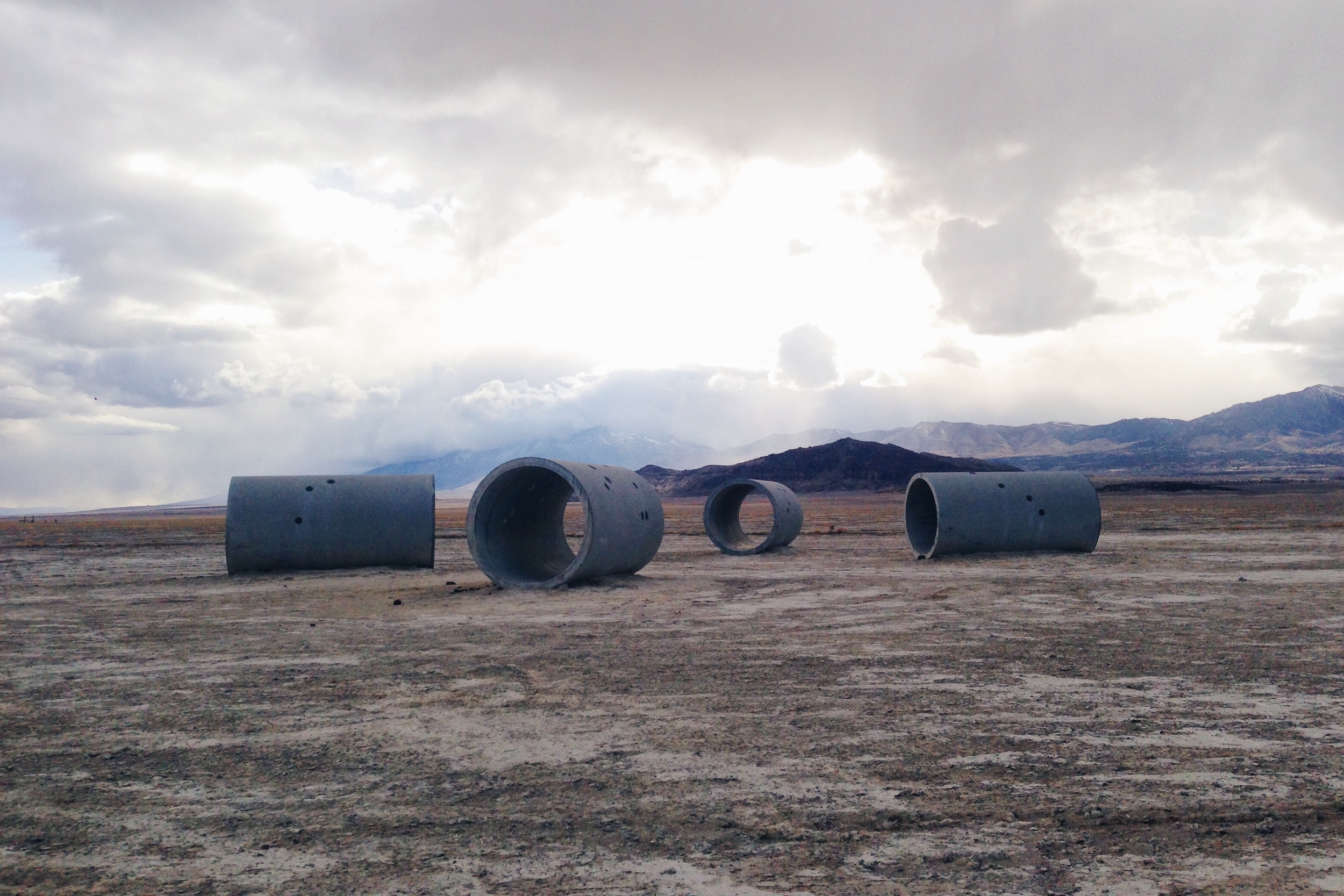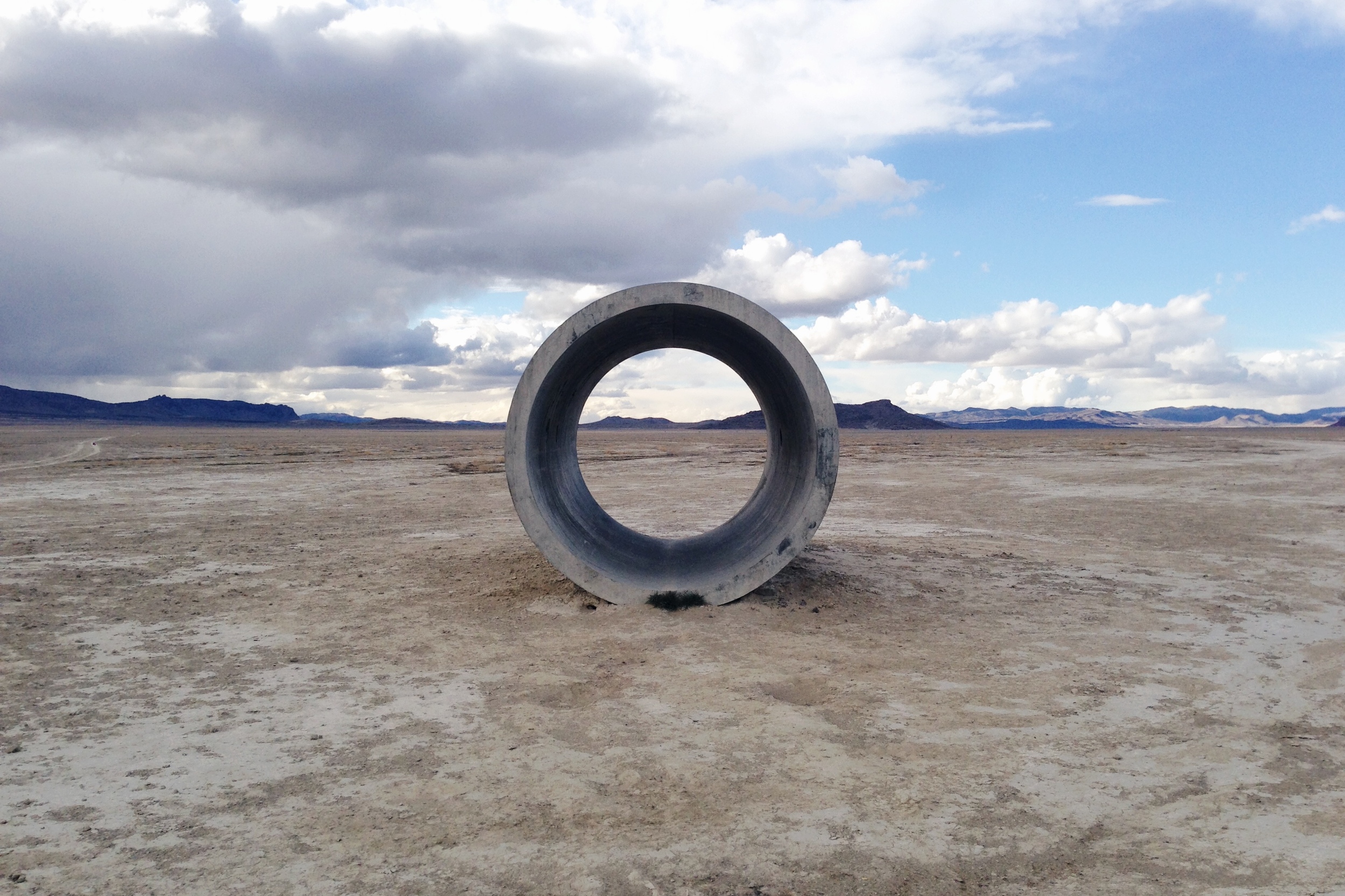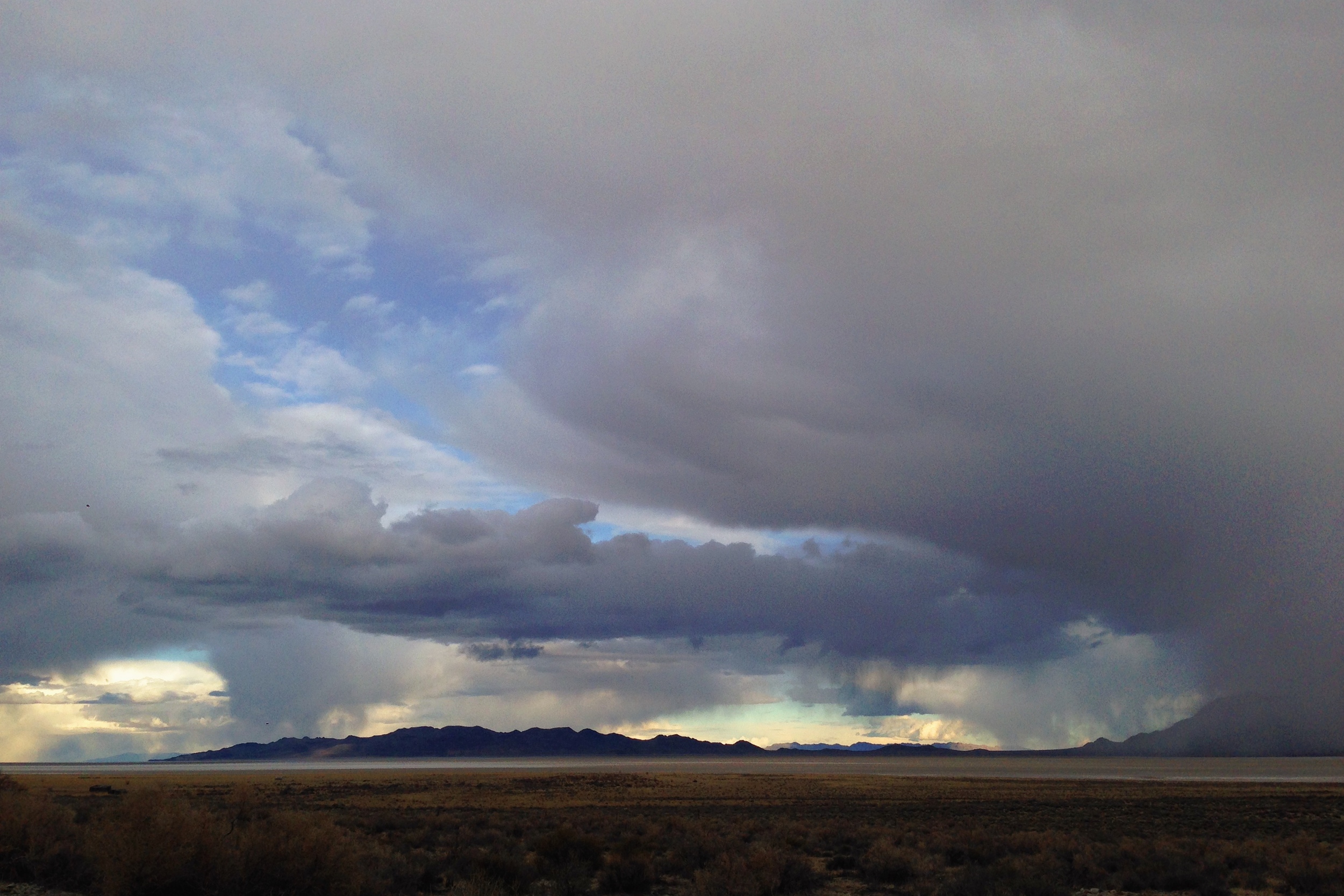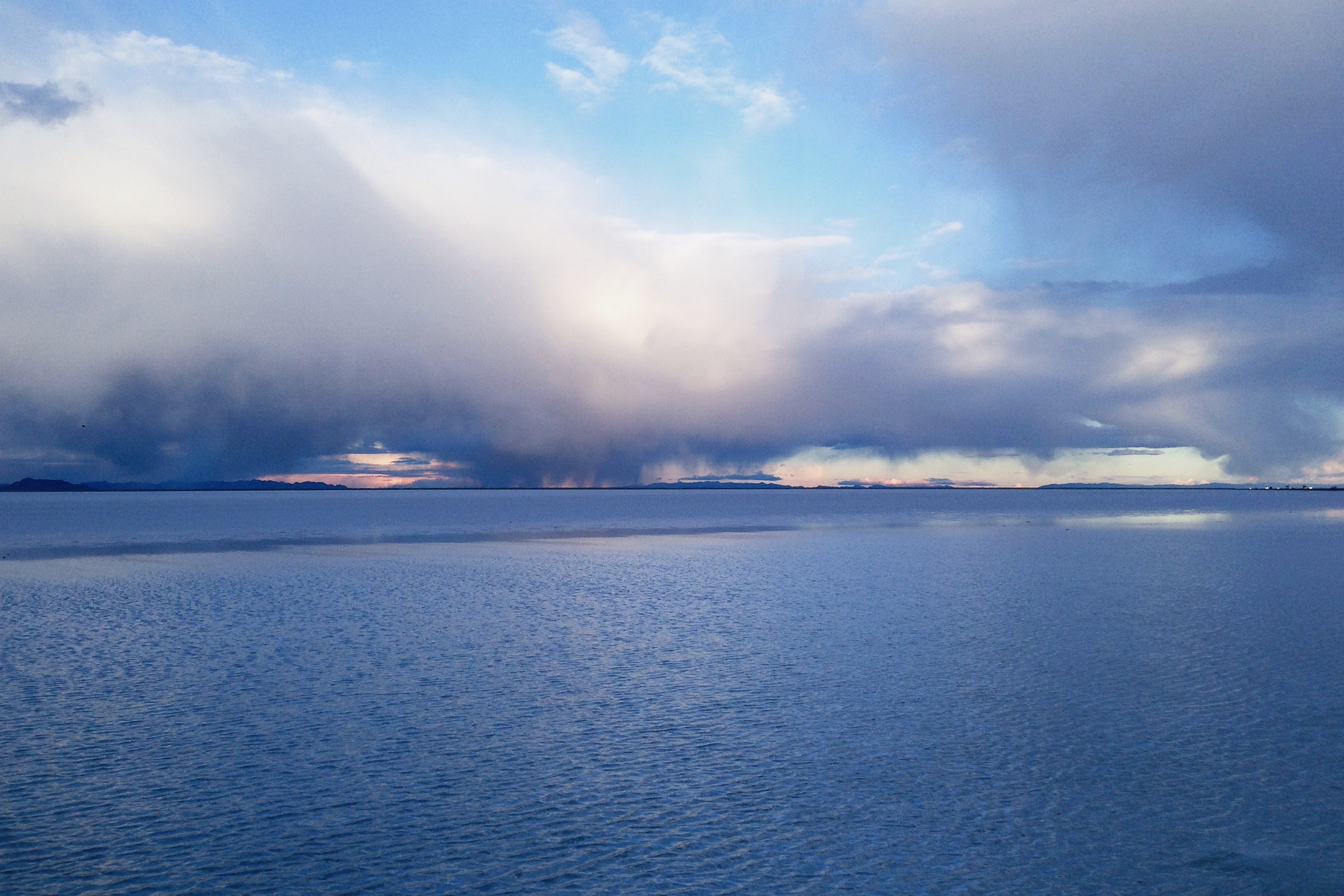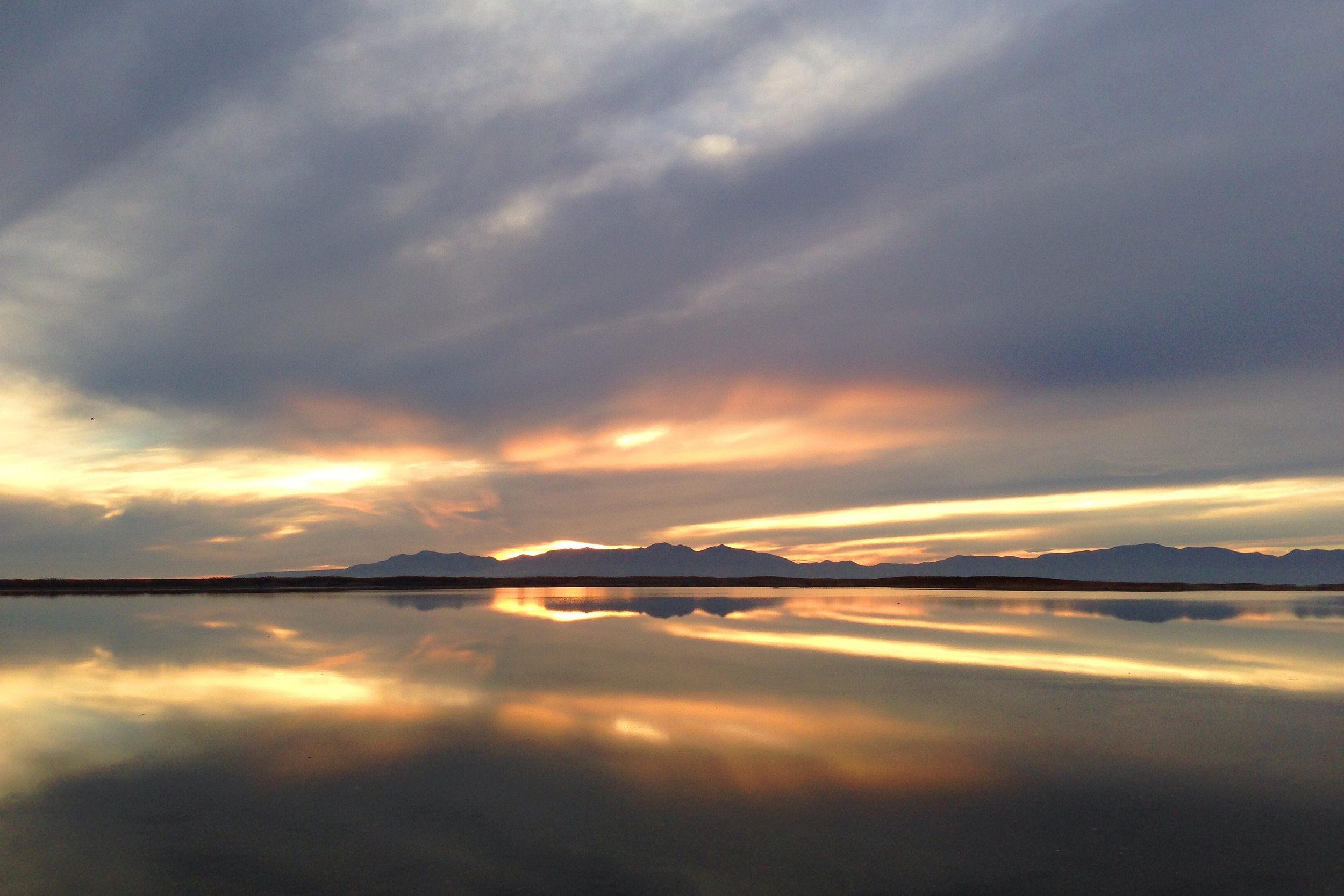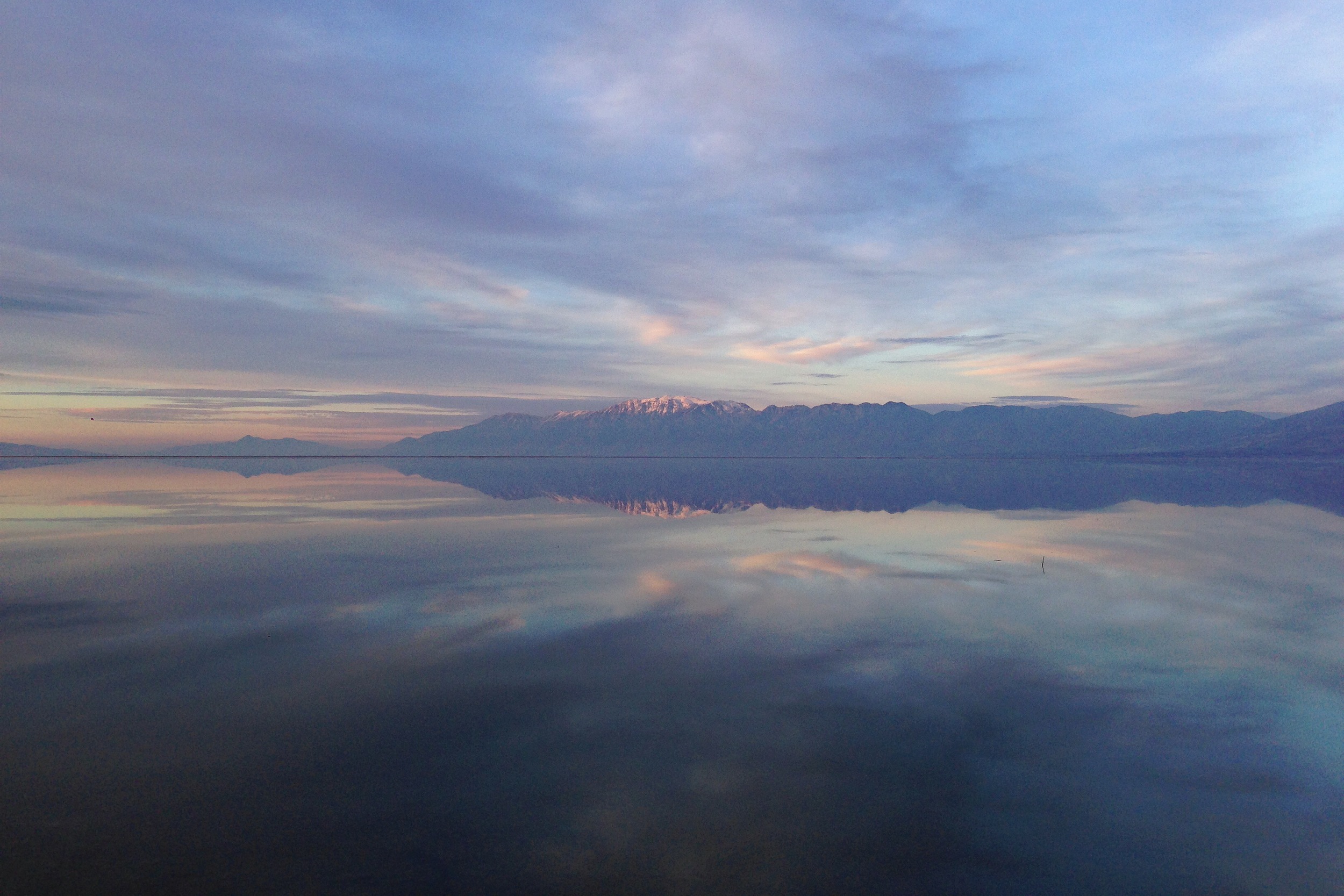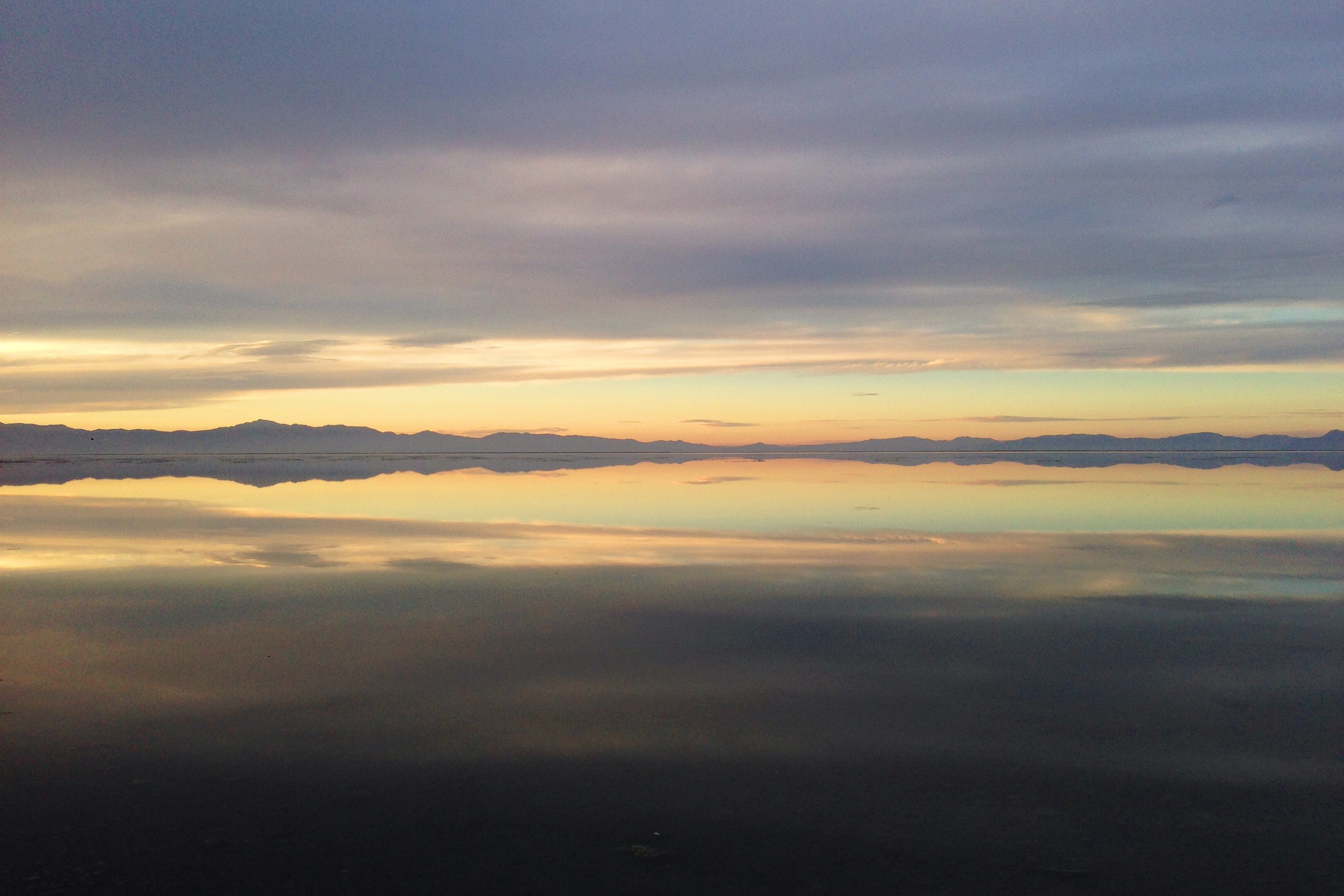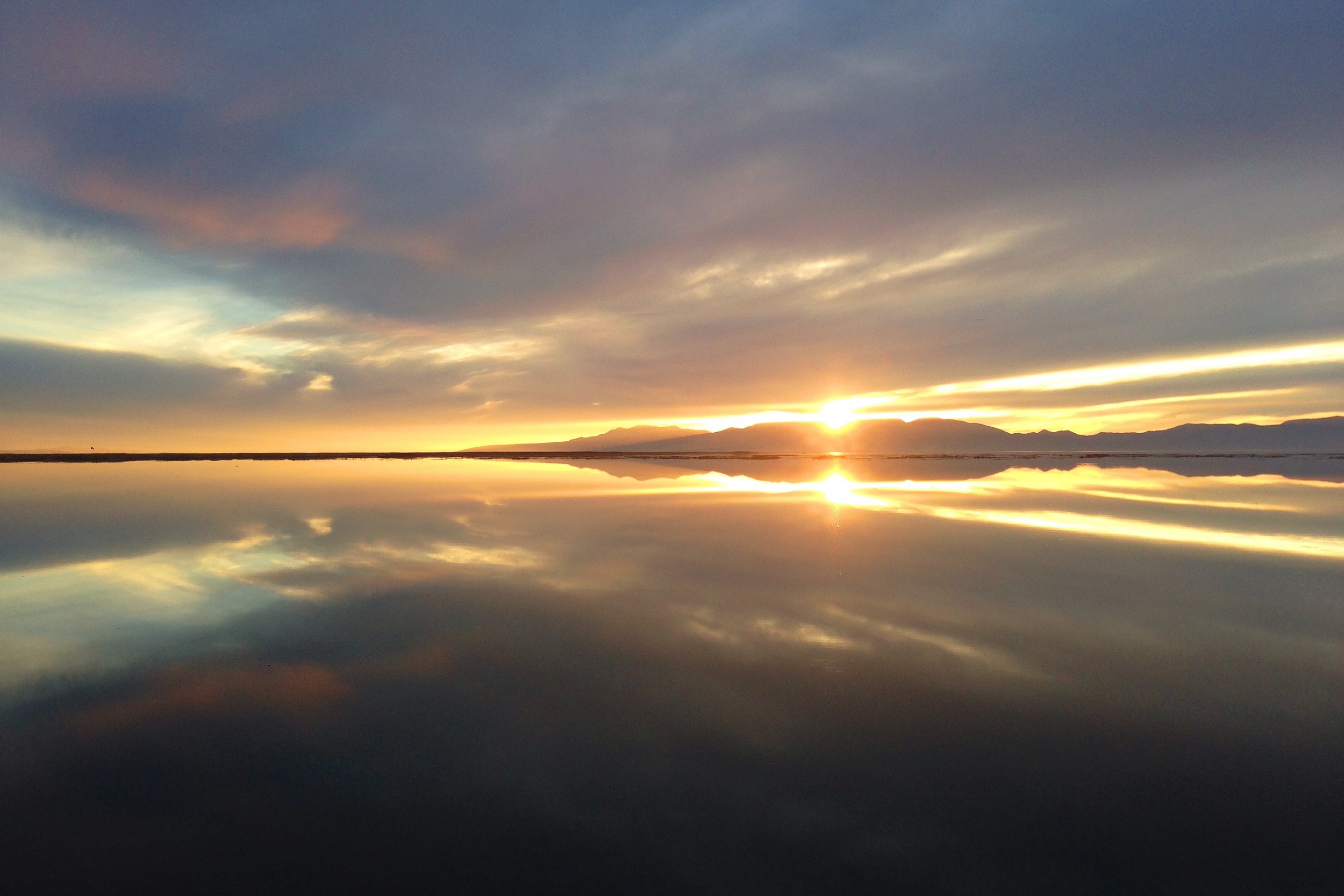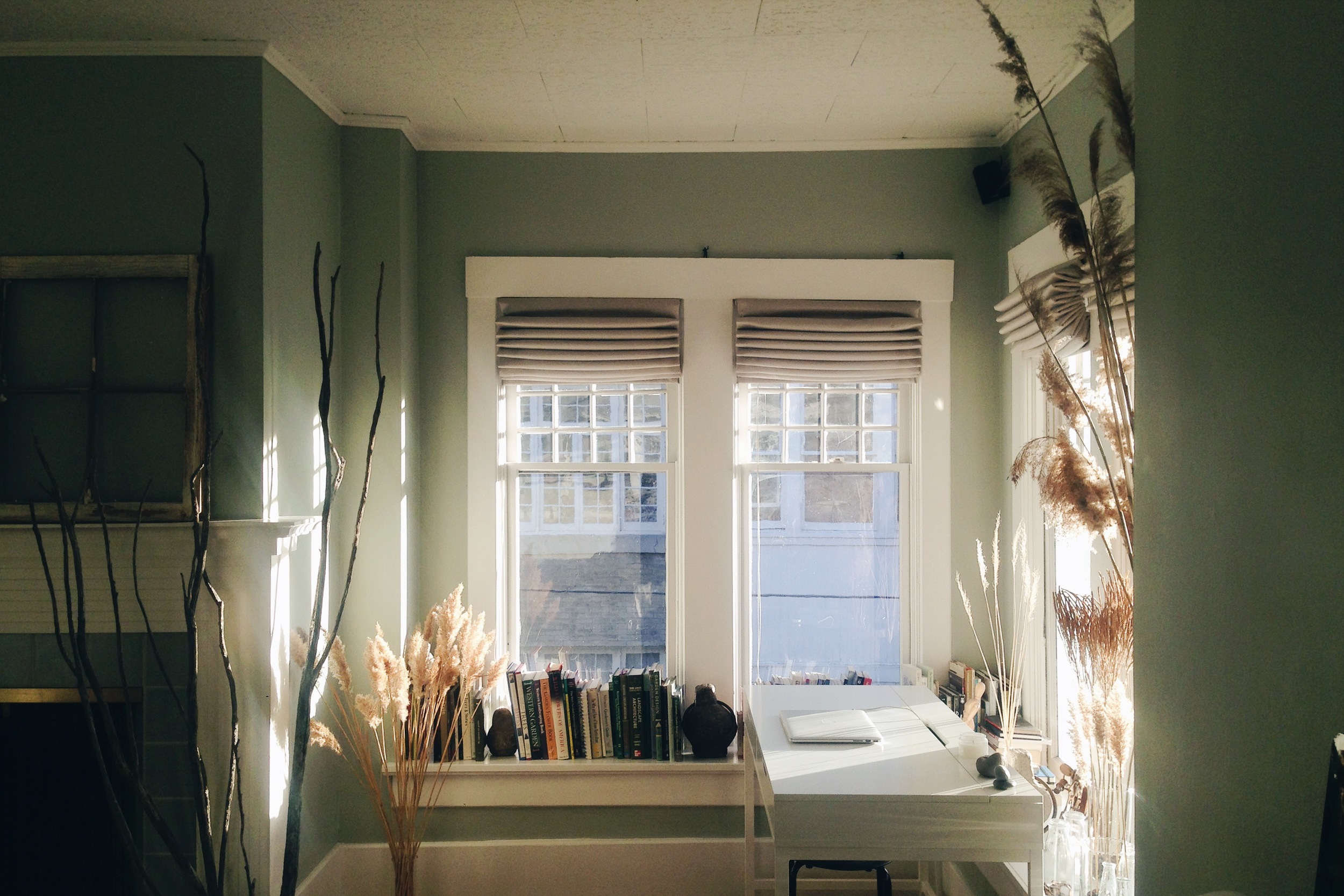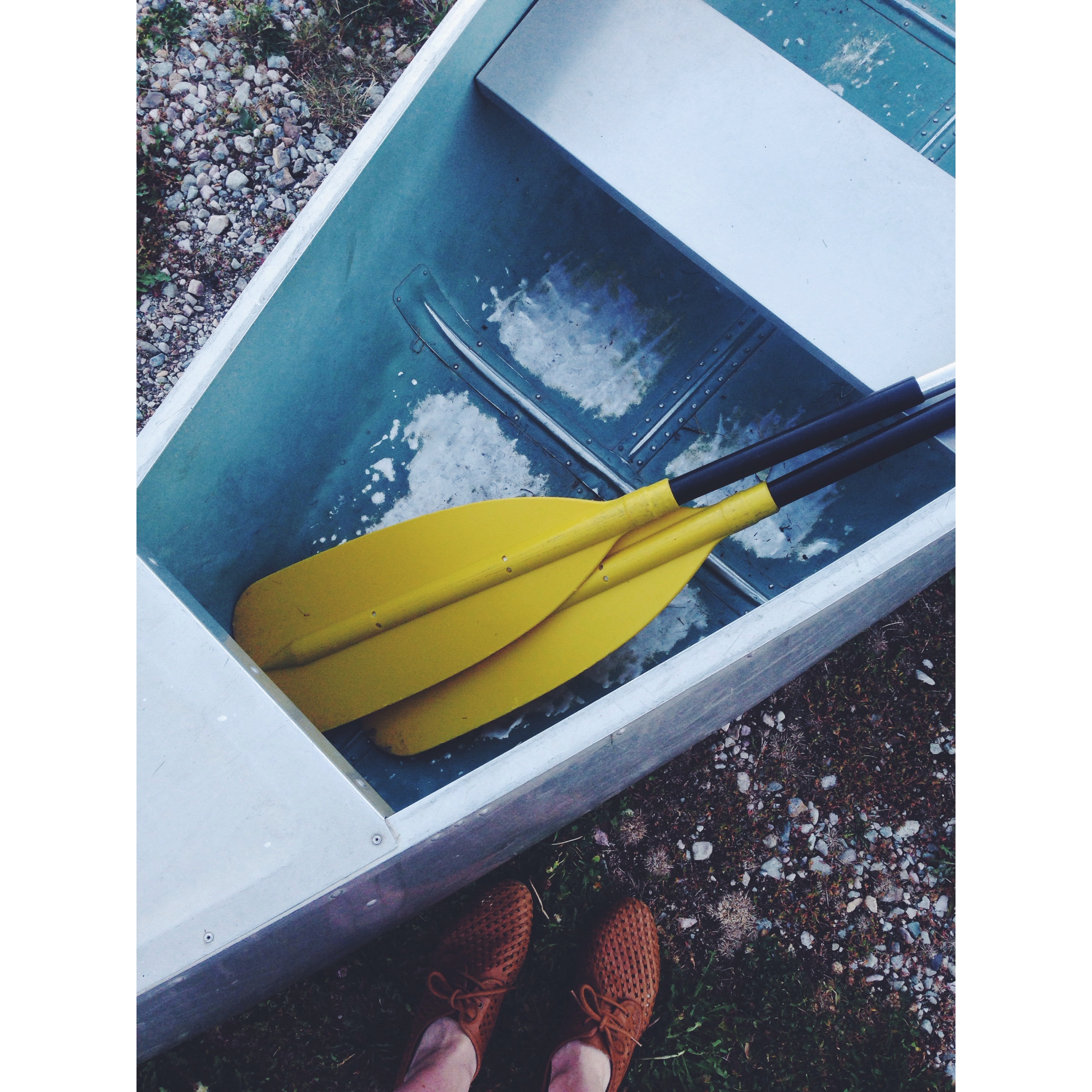I don't know why I am so attracted to these types of photographs. Maybe it's the all the colors, the repeated circle shapes, the magical quality, the hint of what it really may be...also, there's something very reminiscent about images likes these for me, as if they are bringing back memories.
Or maybe that I am in a living dream.
Is there a way to incorporate this trance-like experience into the landscape, I wonder. I am remembering back to a winter night I was in Shoreditch at the tasty Pizza East for dinner. It was wet outside which caused enhanced reflections all around, from anything that was producing any sort of light: cars, buses, taxis, street lamps, store fronts...
Inside I sat near a window which was frosted on the bottom half and left as plain glass on the top half (top image*). This, of course, creates privacy for the individual dining while still allowing views and light in and out of the restaurant at varying levels. It's not an uncommon technique. Those lower window panes become like the blurred photographs I love so much. Maybe not an exact replica, but it gives a very similar feeling (bottom image). And yes, I do believe that this experience I had at the restaurant can be replicated into a landscape or garden in it's own way. Maybe incorporated into an outdoor seating area where there's a fire, a dining area...a hot tub or a bath....it's an interesting concept to consider. And would make for a stunning experience out of doors after dark.
* Ah, Prêt a Manger! Who would have thought I would miss you so. Please come to Utah.






